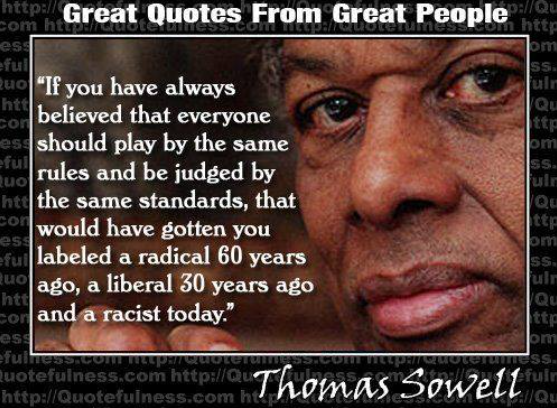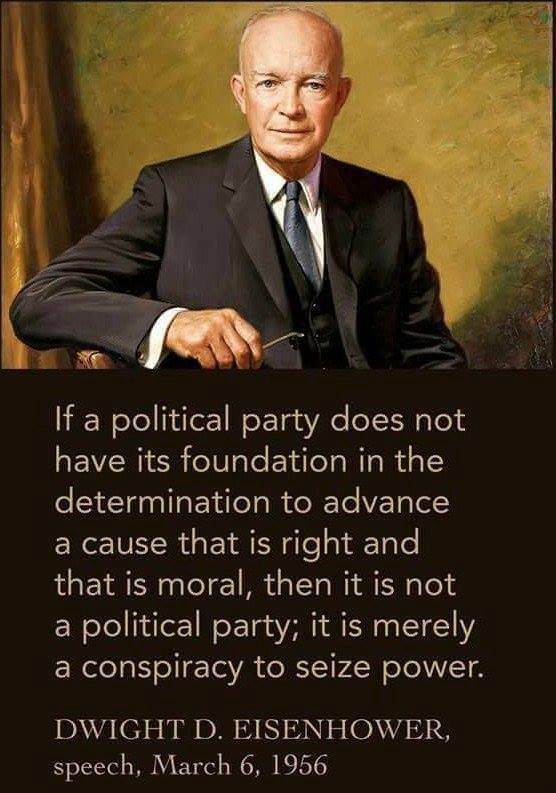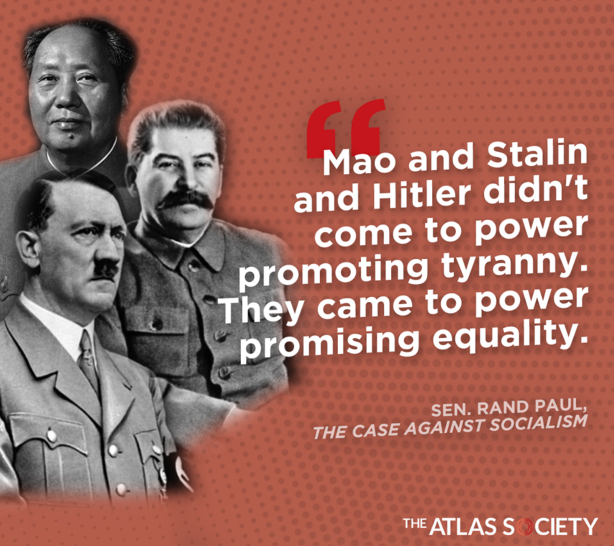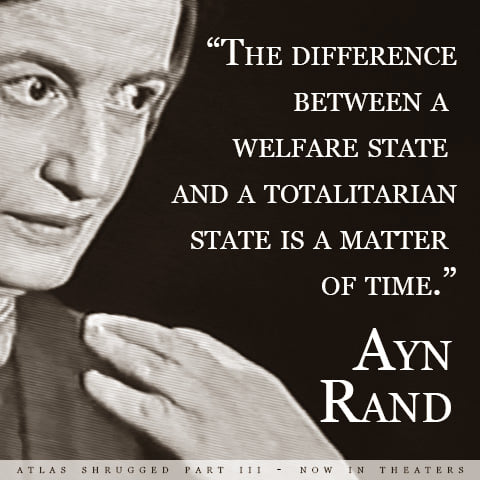Individually, we have little ability to choose the services we will acquire from government, the cost of those services, and the manner in which they will be delivered. We have also come to understand that government services are provided very inefficiently. For all of these reasons, it is clear that the People are best served with having the private sector provide them with most of our goods and services. But, it is also true that some government services are required. Our Founding Fathers and the Framers of the Constitution acknowledged this in the Constitution which provides for a minimal, but necessary, government with very limited powers. They were always conscious that government was force and it was to be very carefully controlled.
Let us call the total cost of government, whether actually taxes, or effective taxes such as the devaluation of the currency and regulatory mandates of service and provisions of goods, simply by the name of taxes in the further discussion. Whether the taxes are levied on income, on the size of trade transactions, profits, or taken as forced labor, they can effectively be said to represent some fraction of the Gross Domestic Product or GDP. Let us note that the higher taxes are, the more they discourage people from working and the more they discourage reinvestment to increase the productivity of the economy. But, economic or trade activities do require that violent acts such as thievery, assault, fraud, rape, and property destruction be controlled. They are also aided essentially by the enforcement of contracts. A region and the people living there also need to be protected from invasion or assault by other countries, if they are to prosper. For these minimal desirable services, the government will need to have a baseline level of taxation. That baseline taxation level I would estimate to be between 0.05 and 0.10 times the GDP. Government requirements for spending above that level are optional, though I would argue that they are also immoral. Spending beyond this level is clearly dependent upon one's values and upon one's willingness to use force to obtain what one wants from others.
Whatever size government attains, some of its activities ought to scale with the size of the population and some scale with the size of the GDP. The cost of protection from personal assault and rape scales with the size of the population. Some types of robbery and fraud do also. The enforcement of contracts scales more nearly with the size of the GDP, as do some types of fraud and most aspects of property protection. I suspect that the components dependent on the size of the population and on the size of the GDP would be similar for a constitutional government. But, in any case, the effective tax rate can be expressed as a fraction of the GDP and we will call that rate t.
Over time, the GDP of a country will change. We have a long tradition in the United States of watching it grow in many more years than not. The GDP grows because our population is growing, though in the last decade, our population growth has been just under 1% per year. This growth assumes that the People do not feel a reason to change their inclination to work during the period in question. But clearly one factor affecting GDP is the size of the population. Another is increases in productivity due to machinery, equipment, management improvements, and worker training.
Let us make a simple model of the effect of taxation on the growth of the GDP. To be more accurate, on that part of the GDP that will be taxable, since at high tax rates, much of the GDP goes underground. In this model, p will be a constant annual growth rate for the population. The baseline GDP will be GDPb. After n years from the time of the baseline GDP, the growth in population would cause the GDP growth by year n to be (n)(p)(GDPb) assuming that tax rates had no effect upon how hard people worked or how much income they reported. A simple way to incorporate the effect of how people will react to the tax rate is to add the factor 1-t to the growth of GDP due to the growth in the population. When the tax rate is 1, no one will work, at least they will not report that produce which they must produce to eke out the barest sustenance. This says that people will work in proportion to how much of what they produce they get to keep. The strict proportionality may not be completely accurate, but I suspect it is not far afield from reality. This component of GDP growth is then (n)(p)(1-t)(GDPb) for GDPn of the nth year.
Increases in productivity also play a role in growing GDP. If productivity is improving at a fractional rate of e per year in the economy with a very minimal government providing adequate freedom from violence and enforcement of contract that e is at its maximum value, then the GDP in the nth year after the baseline GDP would be about (1+e(1-t))^n (GDPb), since the amount of money available for investment in increasing productivity is proportional to what people have left after taxes. This formula is akin to the principal owed on a loan at an interest rate i where e(1-t) takes the place of i. The nth power is due to the compounding nature of the interest, or in this case to the compounding nature of productivity improvements. To this point we have neglected the fact that no one will make such investments if the tax rate is 1. So we will add a factor of (1-t) here also. The net equation for the GDPn in the nth year after the baseline GDPb with a minimal government is then about:
Let us look at the results here to compare the effects of a 0.20 and a 0.40 rate on taxes in 30 years. At 30 years with t = 0.20, the tax revenue is (0.20)(5.38) = 1.076 GDPb, while at t = 0.40, the tax revenue is (0.40)(2.63) = 1.052 GDPb, so the tax take is actually less at the higher tax rate. What is more important, in the lower tax case, the people are keeping 4.308 GDPb, while with the higher tax rate they keep only 1.577 times GDPb! It has to be perfectly clear that the People are much, much better off with a tax rate of 0.20 compared to one at 0.40. The tax revenue increase in this model is understated because it does not address the frequency of taxable transactions. Lower taxes take less per transaction, but if the number of transactions increases because the tax take is modest or minimal, the total tax revenue sum over a longer time may bring in much more money to the government. The record shows that this is exactly what happens. People also have less incentive to put their money into tax-free municipal bonds where returns are modest, but there are no tax requirements.
































































No comments:
Post a Comment